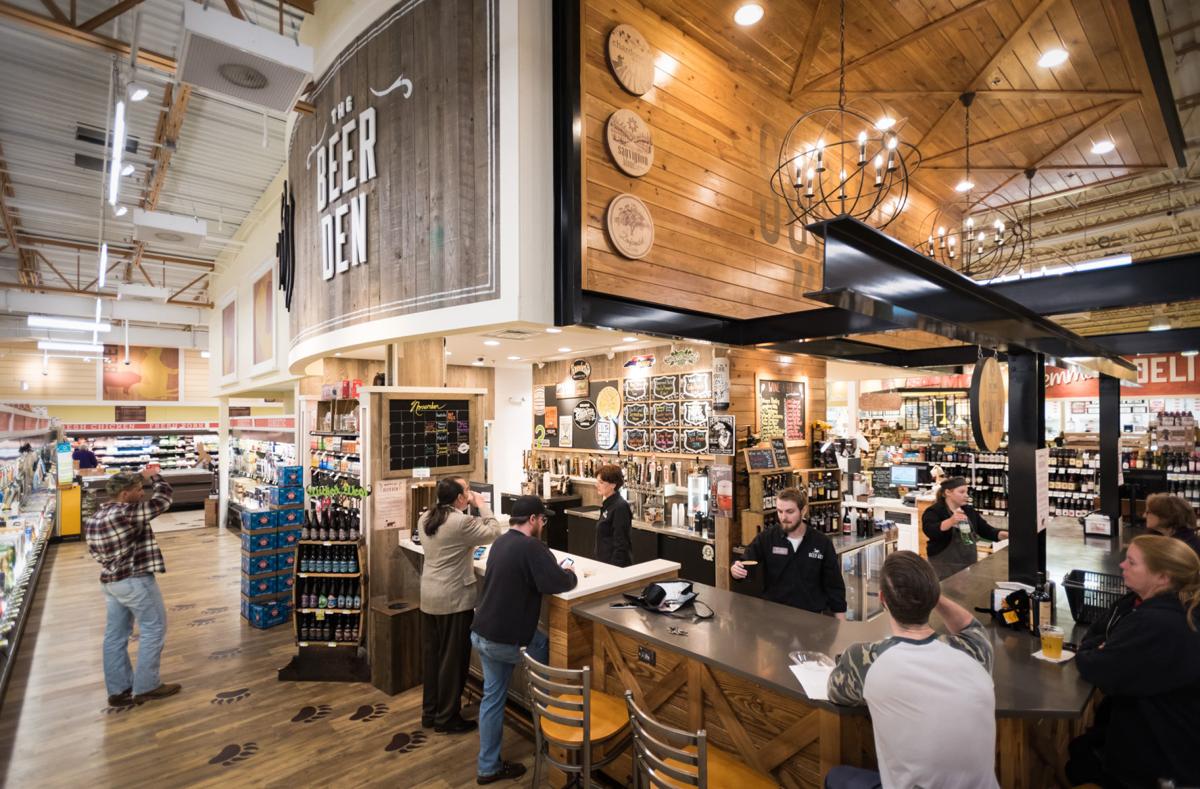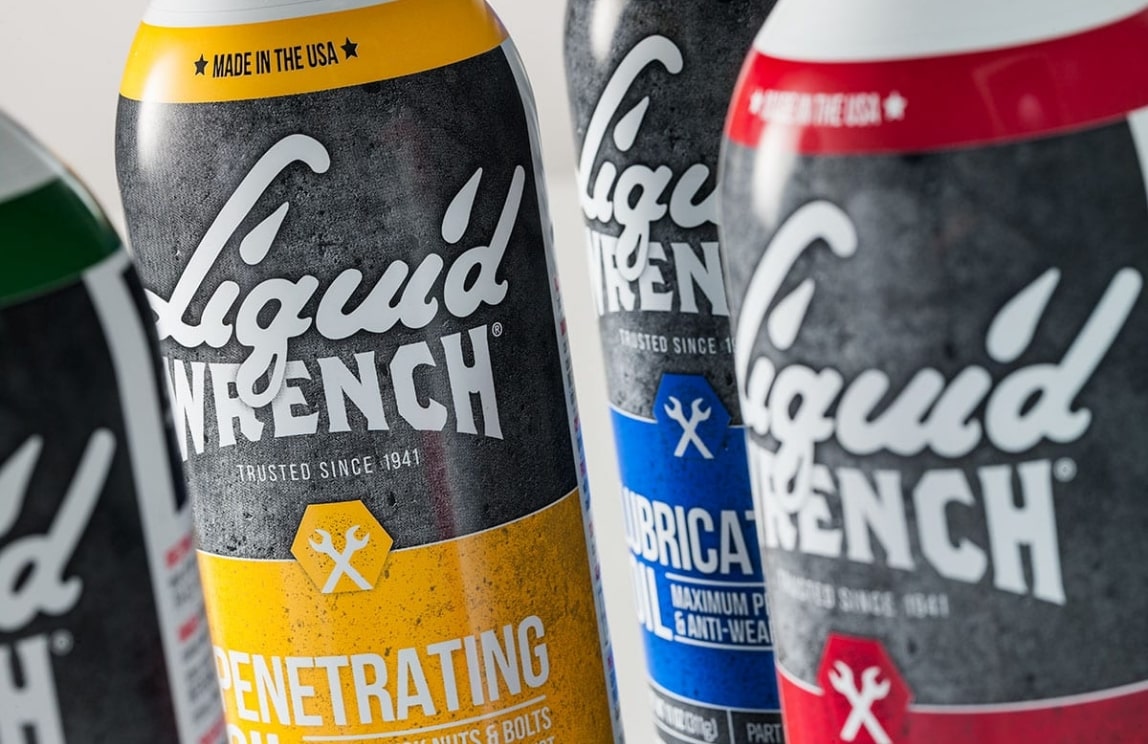I am in San Francisco this week to attend a shopper marketing conference, but over the weekend my wife Heidi and I enjoyed some R&R in the city. Part of the fun of walking San Francisco is the opportunity to encounter retail brands that are either launching in the US or testing a new concept. The clothing store UNIQLO, pictured above, has more than 1,100 retail locations worldwide, but only a single West Coast store and just 7 total in the US. The company refers to its business model as SPA (Specialty store retailer of Private label Apparel), or what we call vertically integrated, encompassing all stages of the business–from design and production to final sale. On the company web site they suggests this lets them "quickly make adjustments to production to reflect the latest sales trends and to minimize store-operation costs such as personnel expenses and rent."
We liked the store so much we made a retail donation of $400 over two visits.
The store offers a remarkably visually engaging experience including 91 rotating mannequins, 77 LCD screens lining the perimeter of the store and seven large monitor walls displaying a rotating mix of the marketing campaigns and product promotions. I was excited to try the Magic Mirror. Billed as the world’s first-ever virtual dressing room, it is supposed to let customers try on a clothing item and then switch the color to help determine their preference. The technology then allows customers to upload their photos on Facebook or Twitter for friend's comments – but sadly the device was malfunctioning on our visit.
You can see from the photo above how well the promotional signage is presented. As my wife will confirm, I'm a guy who seeks out sale items and I knew right where to head in the store. One simple, and yet really helpful aspect of shopping the store, was UNIQLO's strategy of hanging sample of a S, M, L and XL size shirt next to each display which let me easily gauge what size would best fit me. As someone who has shopped H&M and other "value-fashion" stores, I think UNIQLO is a cut above. While the pricing is in line with its peer competitors, the clothes I tried on simply felt of a higher quality.
As you can see above, the store uses a single cue check out which I find to be very effective. I'm not sure why more retailers don't experiment with this approach. Heidi, on the far left, was able to part with our money in no time at all. Hmmm, on second thought, maybe this fast cue model can wait.
Look for another post coming from Theory House shopper marketing agency later this week when I highlight retail innovation in the drug category based on a visit to a Walgreens test format we stumbled upon in San Francisco.




